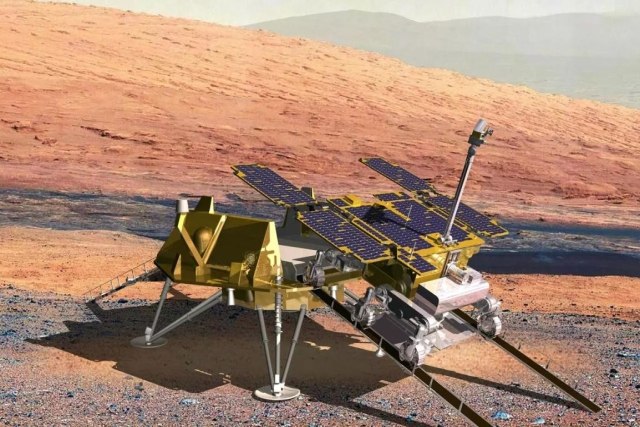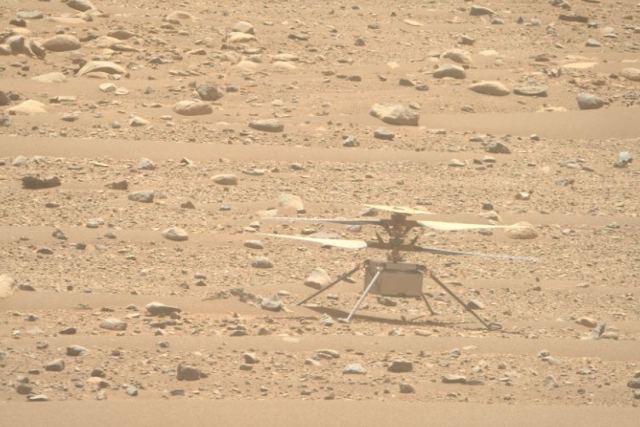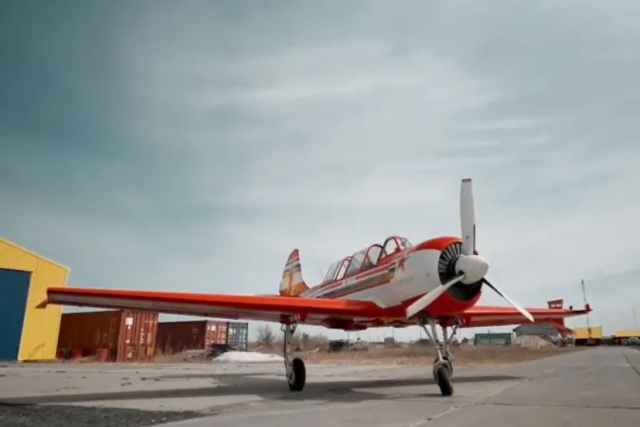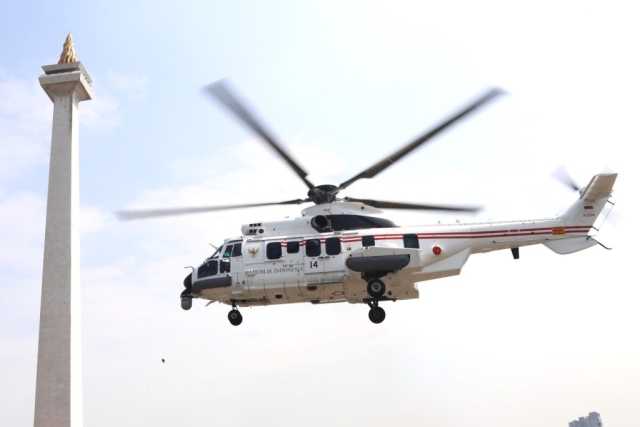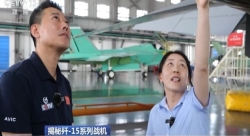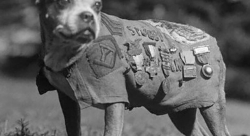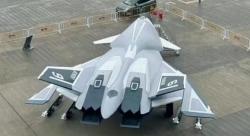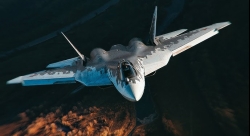AeroVironment Reveals ‘Skyfall’ Mars Helicopter Concept for 2028 Crewed Missions
Six autonomous rotorcraft to scout Martian landing zones and resources

AeroVironment, Inc. today unveiled Skyfall, a next-generation Mars helicopter concept developed with NASA’s Jet Propulsion Laboratory (JPL) to support future crewed missions by 2028 through autonomous aerial reconnaissance.
The concept involves deploying six scout helicopters to explore top NASA-identified Martian landing sites. Each rotorcraft would operate independently, transmitting high-resolution surface imagery and sub-surface radar data back to Earth to help ensure safe landings near key resources like water and ice.
Skyfall introduces a new entry, descent, and landing method—the Skyfall Maneuver—which releases the helicopters mid-descent from their entry capsule, allowing them to fly to the surface under their own power. This eliminates the need for a landing platform, reducing mission cost and complexity.
“With six helicopters, Skyfall multiplies the range, data, and science we can achieve—bringing us closer to humanity’s first footprints on Mars,” said William Pomerantz, Head of Space Ventures at AV.
Skyfall builds on the success of the Ingenuity Mars Helicopter, which completed 72 flights at Jezero Crater, surpassing flight targets by 14 times and longevity targets by over 32 times. Ingenuity marked the first powered flight on another planet and highlighted the value of aerial exploration on Mars.
AV and JPL will transfer technologies—including avionics, flight software, and modeling tools—into the Skyfall program. The data gathered could inform crewed operations and support scientific efforts to determine if Mars was ever habitable.
Skyfall is part of the broader AV_Space portfolio, which includes ISR payloads, laser communications, and phased array antennas for satellite and electronic warfare operations. AV is already investing and coordinating with JPL to support a potential 2028 launch, targeting a favorable planetary alignment.

